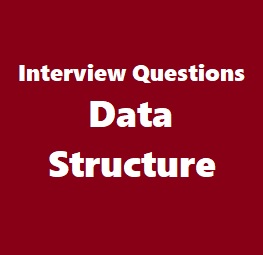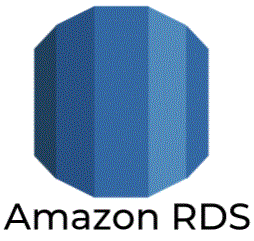11. What are the different algorithm techniques you can use in AI and ML?
Linear Regression.
Logistic Regression.
Decision Tree.
SVM.
Naive Bayes.
kNN.
K-Means.
Random Forest.
12. What are AI neural networks?
An artificial neural network (ANN) is the piece of a computing system designed to simulate the way the human brain analyzes and processes information. It is the foundation of artificial intelligence (AI) and solves problems that would prove impossible or difficult by human or statistical standards.
13. In Python’s standard library, what packages would you say are the most useful for data scientists?
PyTorch
Caffe
CUDA for GPU mode
TensorFlow
Theano
Pandas
Keras
NumPy
Matplotlib
SciPy
14. What’s the difference between AI and ML
Artificial intelligence is a technology using which we can create intelligent systems that can simulate human intelligence.
The Artificial intelligence system does not require to be pre-programmed, instead of that, they use such algorithms which can work with their own intelligence. It involves machine learning algorithms such as Reinforcement learning algorithm and deep learning neural networks.
Machine learning is a subfield of artificial intelligence, which enables machines to learn from past data or experiences without being explicitly programmed.
Machine learning enables a computer system to make predictions or take some decisions using historical data without being explicitly programmed. Machine learning uses a massive amount of structured and semi-structured data so that a machine learning model can generate accurate result or give predictions based on that data.
15. What’s a feature vector?
A feature vector is an n-dimensional vector of digital features that represent some object. In machine learning, component vectors are used to represent numeric or symbolic characteristics, called features, of an object in a mathematical, easily analyzable way. A feature vector is a vector containing multiple elements about an object. Putting feature vectors for objects together can make up a feature space. The features may represent, as a whole, one mere pixel or an entire image.











